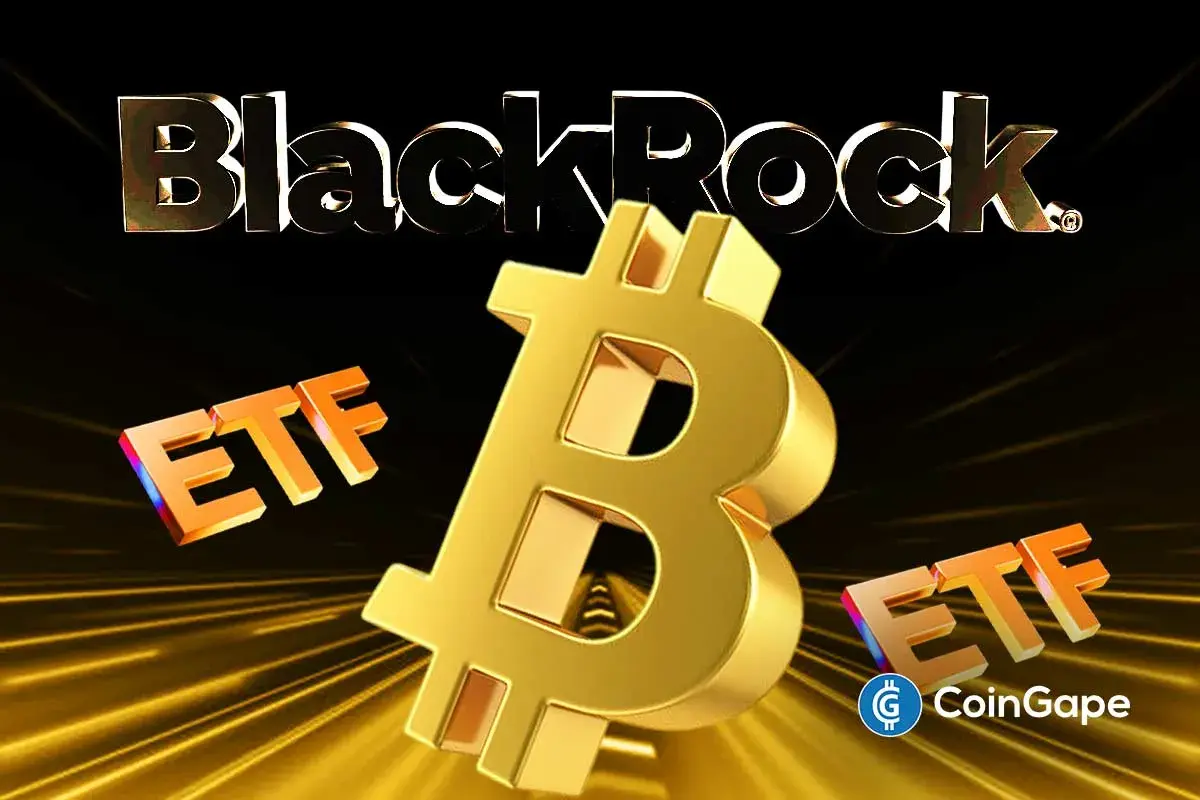Breaking: US PPI Inflation Ticks Up in January; Bitcoin Steady Against Volatility

Highlights
- The US PPI inflation data released by the Bureau of Labor Statistics on Friday showed that wholesale inflation experienced a resurgence in January.
- As a gauge of wholesale inflation, market participants keep a careful eye on the PPI inflation data.
- Right after the release of the PPI inflation data, Bitcoin prices were largely steady.
The US PPI inflation data released by the Bureau of Labor Statistics on Friday showed that wholesale inflation experienced a resurgence in January. The PPI index, which gauges the price at which raw materials are sold on the open market, increased by 0.3% for January, on a month-on-month basis. The resurgence was contrary to the 0.1% fall in December and higher than the market expectation.
US PPI surges in January
The Producer Price Index for final demand increased 0.3 percent in January, seasonally adjusted, the U.S. Bureau of Labor Statistics reported today. Core PPI inflation rose 0.9 percent for the 12 months ended January 2024, showing a slower-than-expected recovery.
Market on average had expected the PPI inflation to increase 0.1% month-on-month while slipping down to 0.6% as compared to the previous year. The higher-than-expected inflation rise can be attributed to a rise in prices for final demand services, according to government data. The Core PPI number also suggests that the producer inflation fell less sharply than anticipated.
As a gauge of wholesale inflation, market participants keep a careful eye on the PPI inflation data. It is considered a leading indicator since producers usually pass higher pricing through to their clients. The Federal Reserve, which is still debating on the trajectory of rate cuts, views the PPI announcement as particularly significant.
The PPI inflation data also comes after the CPI data has already dented sentiments. Data previously showed that the Consumer Price Index increased 0.3% in January on a seasonally adjusted basis, after rising 0.2% in December. The CPI number, which missed market expectations, swapped bets on the Fed cutting rates in July, from an earlier expectation of June. Today’s hotter-than-expected data can again cement views that the Fed will take some time before hopping on the rate-cut trend.
Impact on crypto markets
The Federal Reserve’s rate decisions have long been a crucial tool for investors to assess assets. Lower interest rates frequently devalue government securities, which increases the attraction of assets like cryptocurrencies.
So far, Bitcoin has shown good resilience to the developing macro conditions and inflationary pressure. The BTC price has shown subdued volatility and is currently holding just above the $52,000 level. Right after the release of the PPI inflation data, Bitcoin prices were largely steady. At the time of writing, the OG-crypto currency stood at $52,185.12 a piece, up 0.02% in the last 24 hours.
Bitcoin’s movement was contrary to that of other financial assets, which faced volatility after the data. According to CNBC, Stock market futures moved lower after the PPI report and Treasury yields surged. However, as we approach the Bitcoin halving, the next few months could be crucial from a volatility point of view.
- Michael Saylor’s “Green Dots” Message Hints At Fresh Bitcoin Buying As BTC Faces $90K Wall
- Fed’s Hammack Signals No Rush to Cut Rates as January Hold Odds Near 80%
- XRP ETFs Reach $1.21B as Asset Managers See a ‘Third Path’ Beyond Bitcoin
- Nearly $50M in USDT Stolen After Address Poisoning Scam Targets Crypto Trader Wallet
- Breaking: Rep. Max Miller Unveils Crypto Tax Bill, Includes De Minimis Rules for Stablecoins
- Will Solana Price Hit $150 as Mangocueticals Partners With Cube Group on $100M SOL Treasury?
- SUI Price Forecast After Bitwise Filed for SUI ETF With U.S. SEC – Is $3 Next?
- Bitcoin Price Alarming Pattern Points to a Dip to $80k as $2.7b Options Expires Today
- Dogecoin Price Prediction Points to $0.20 Rebound as Coinbase Launches Regulated DOGE Futures
- Pi Coin Price Prediction as Expert Warns Bitcoin May Hit $70k After BoJ Rate Hike
- Cardano Price Outlook: Will the NIGHT Token Demand Surge Trigger a Rebound?

 Claim $500
Claim $500














